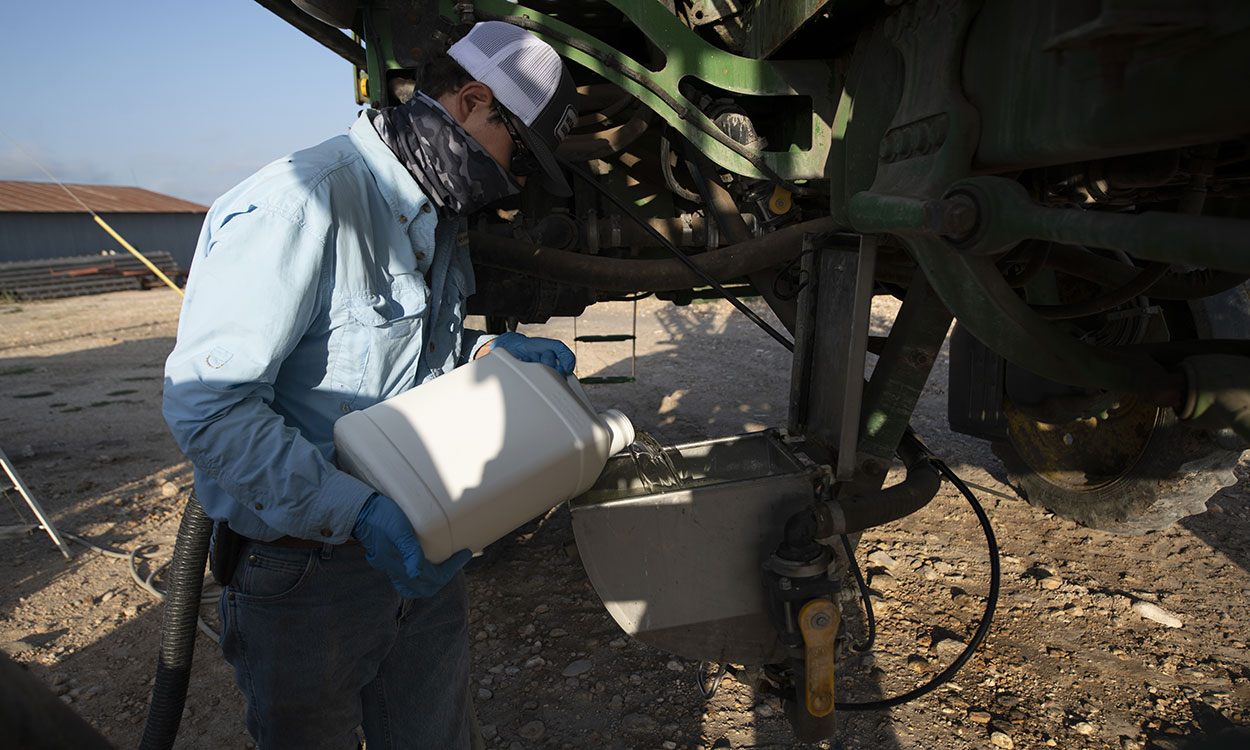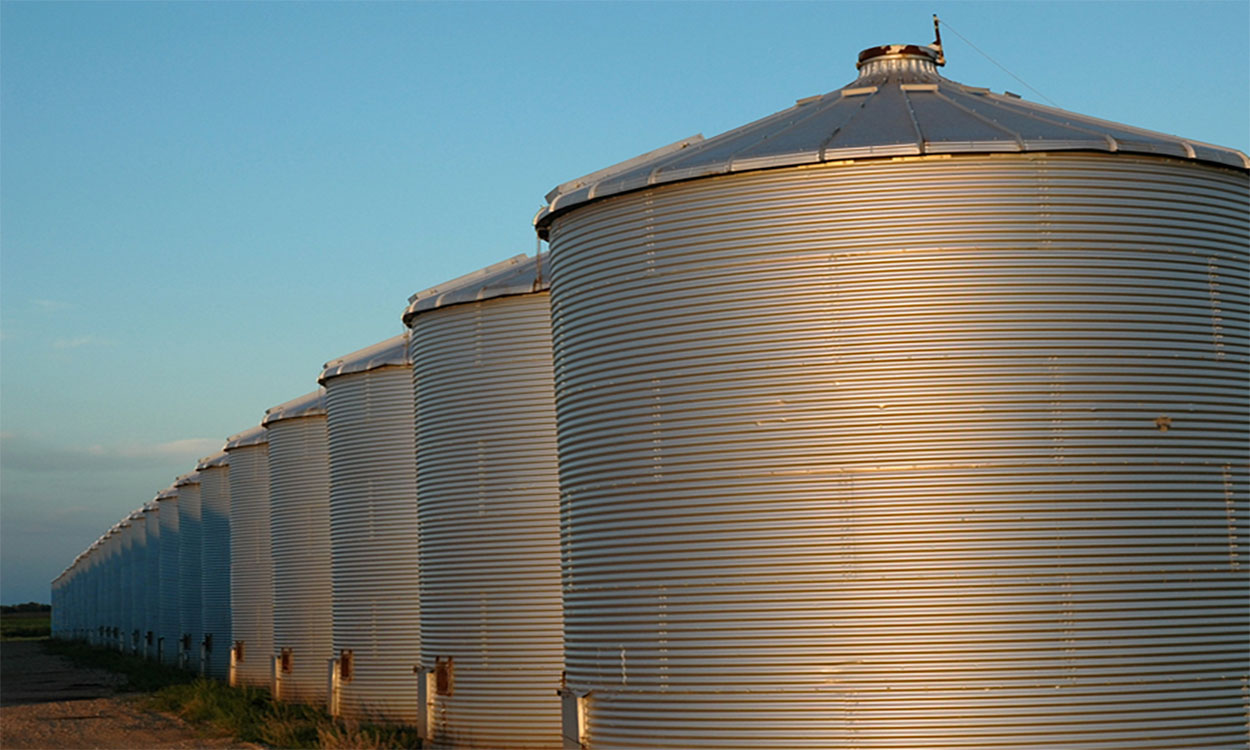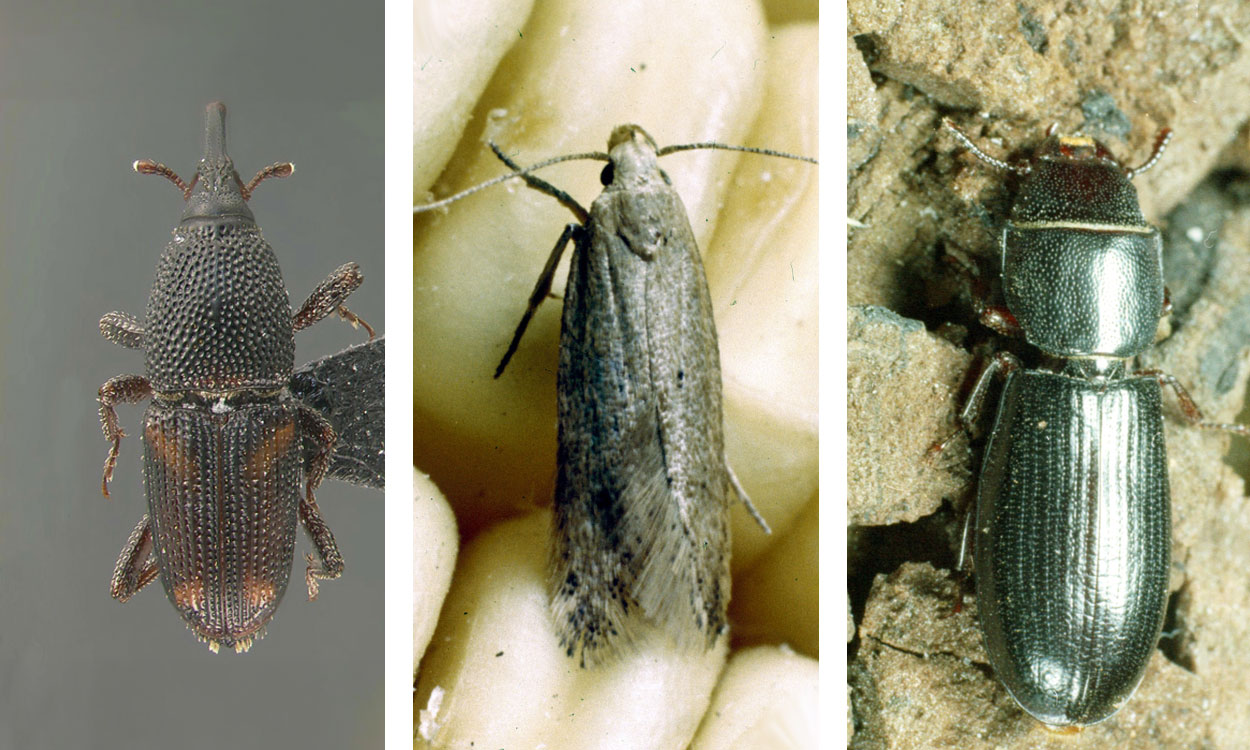Written with contributions by Shelby Pritchard, former SDSU Extension Pest Management Specialist.
Originally Submitted: May 19, 2022
Army cutworm moths were collected in a black light trap near Sturgis, South Dakota this week. This is an indicator that army cutworm caterpillars have finished feeding on available vegetation, including winter wheat, have pupated and are now emerging as moths. The moths will begin their journey west into the Rocky Mountains before returning this fall to lay eggs.
Profile
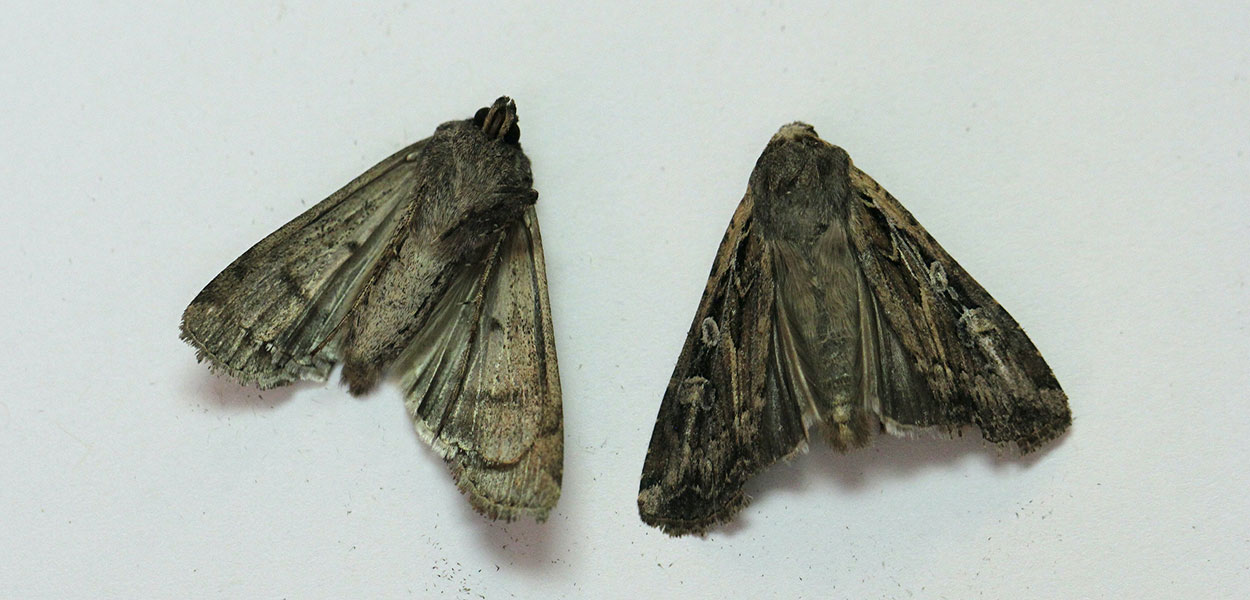
The army cutworm moths are noted for having tan and brown colored wings that have a light-colored circle (dot) that is present above a light-colored boomerang (Figure 1).
Young caterpillars are small and are generally a light green-brown color with relatively few markings. As the caterpillars mature, they develop a dull-gray or gray-brown body that may have mottling (spots or smears of varying colors).
Older caterpillars will have several pale stripes that run the length of their bodies. Regardless of age, the caterpillars have a light-brown head (Figure 2).
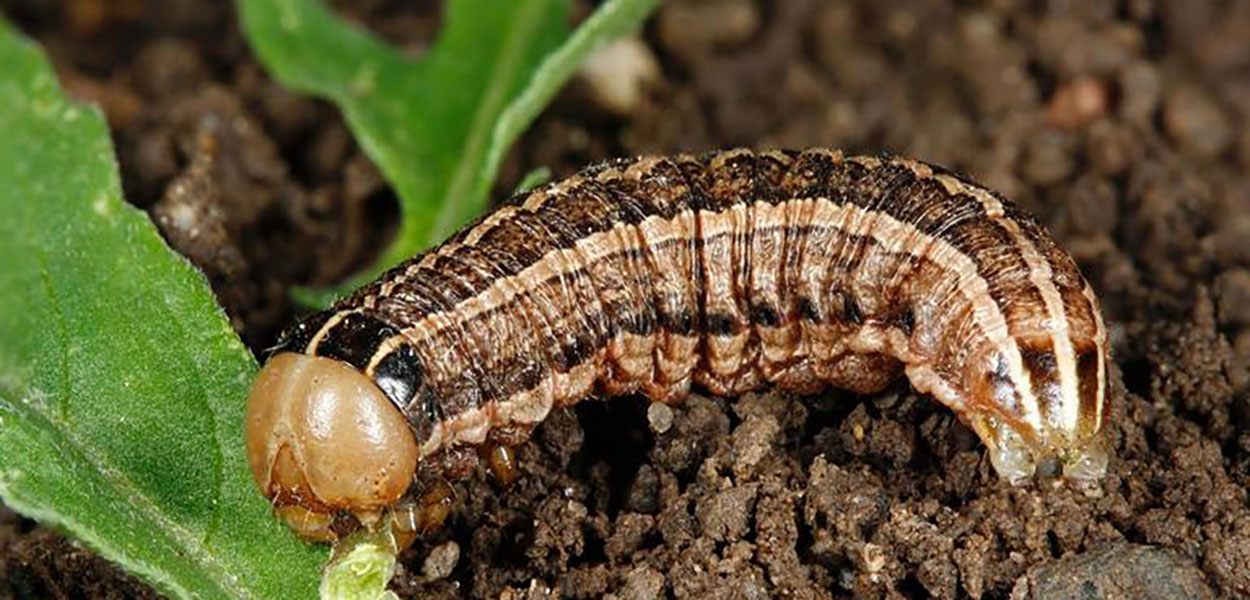
The army cutworm is a migratory insect that travels between the Great Plains and the Rocky Mountains each year. Large populations of army cutworm moths are a common occurrence for several states that fall in their normal migration path (i.e. Kansas, Nebraska, Colorado, Wyoming, New Mexico, Arizona). South Dakota is on the northern edge of this migration path. Therefore, we typically see populations of army cutworm moths, but they are not as abundant as in states located further south.
Each spring, the army cutworm moths migrate west from the Great Plains, where the caterpillars feed on crops and other vegetation. The moths move to the Rocky Mountains where they oversummer and feed on nectar from wildflowers in the high elevations. In late August through October, the moths leave the mountains and fly back to the plains. They lay eggs in freshly cultivated weedy fields or in recently seeded winter wheat fields. The eggs hatch and the caterpillars will feed on the hosts until they are forced into the soil due to colder temperatures. The larvae emerge again in the spring and will feed on available vegetation until they pupate in the soil. The moths begin emerging in late May or early June depending on the weather.
Management

It is no longer necessary to manage army cutworms, since they have completed their development and the adults have started exiting the region. There is only one generation of army cutworms per year, so the moths that will be observed across central and western South Dakota in the coming weeks are simply a temporary nuisance. However, we will need to monitor winter wheat fields this fall when army cutworm populations return and may cause injury to newly emerged plants. (Figure 3).
